We may receive a commission when you use our affiliate links. However, this does not impact our recommendations.
 Get organized fast with easy slat construction and versatile hangers.
Get organized fast with easy slat construction and versatile hangers.
Whether you have an exquisite collection of antique tools or the latest in high-tech gear, this versatile wall rack stores them all within easy reach. It’s easy to build and adapts to fit virtually any wall space. The 48 in. by 48 in. rack shown here is made from poplar, but any hardwood or combination of hardwoods will work. Each tool hanger has a bottom groove that allows it to slip snugly onto any of the slats. This nifty feature makes the hangers easy to move, so you can rearrange your rack to accommodate newly acquired tools.
 The biggest—and most fun—challenge this rack presents is figuring out how to modify the hangers to display your unique collection of tools.
The biggest—and most fun—challenge this rack presents is figuring out how to modify the hangers to display your unique collection of tools.
 Build the Rack
Build the Rack
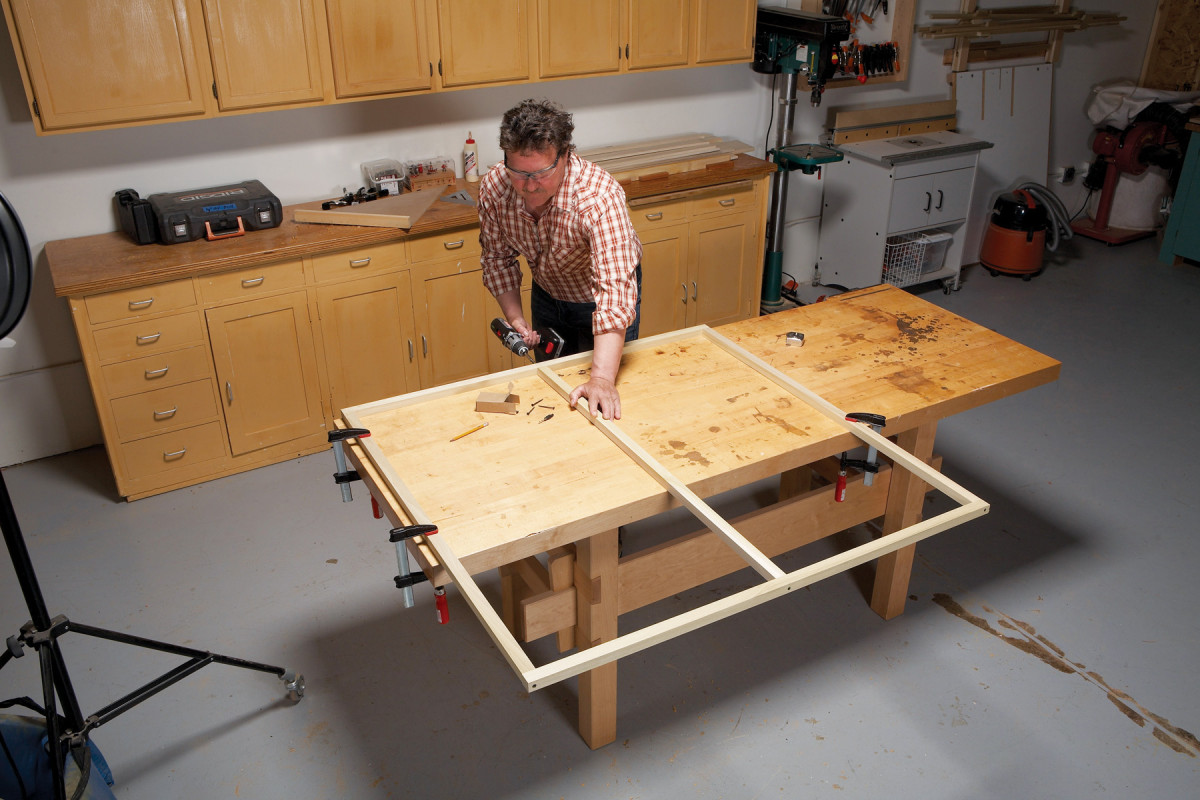
Photo 1. The rack consists of slats fastened to a frame. Assemble the frame with one screw at each joint. Clamps hold the oversize pieces during assembly and keep the frame square until the slats are installed.
Cut and plane stiles and rails for the rack’s frame to 1 in. thick and 1-1/4 in. wide. Their lengths depend on the size of the rack you plan to build. Internal stiles can be spaced up to 24 in. on center. Dry-assemble the frame and drill pilot holes through the rails and into the end-grain of the stiles. Then screw the frame together (Photo 1).
Cut and plane the horizontal slats to exactly 1/2 in. thick and 2-7/16 in. wide. Leave one slat about 1/2 in. oversize in width—plan to attach this slat last. Cut the slats to length to fit your frame.
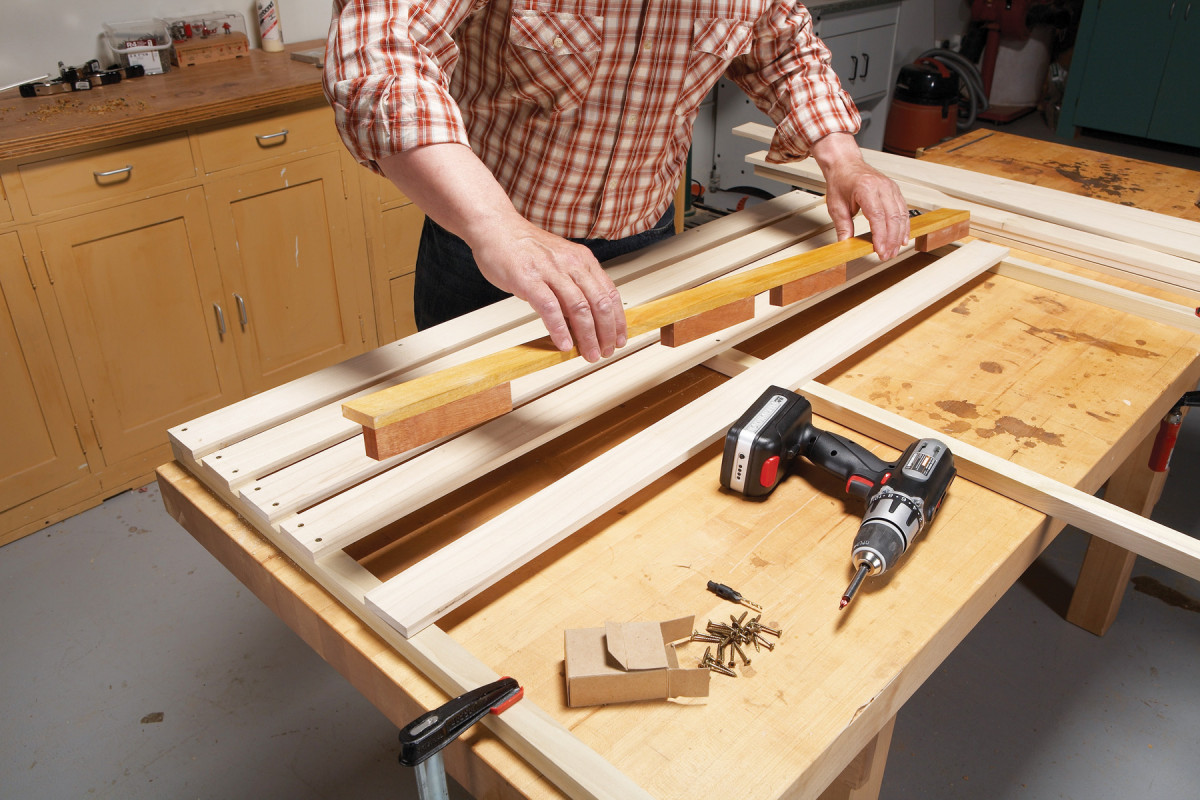
Photo 2. Screw the slats to the frame, using a jig to assure uniform spacing.
Make a jig to assure that the slats are consistently spaced, so the 3/4-in.-thick hangers will easily slip between them: Simply glue 13/16-in.-thick blocks flush with the edge of a straight 3-in.-wide board.
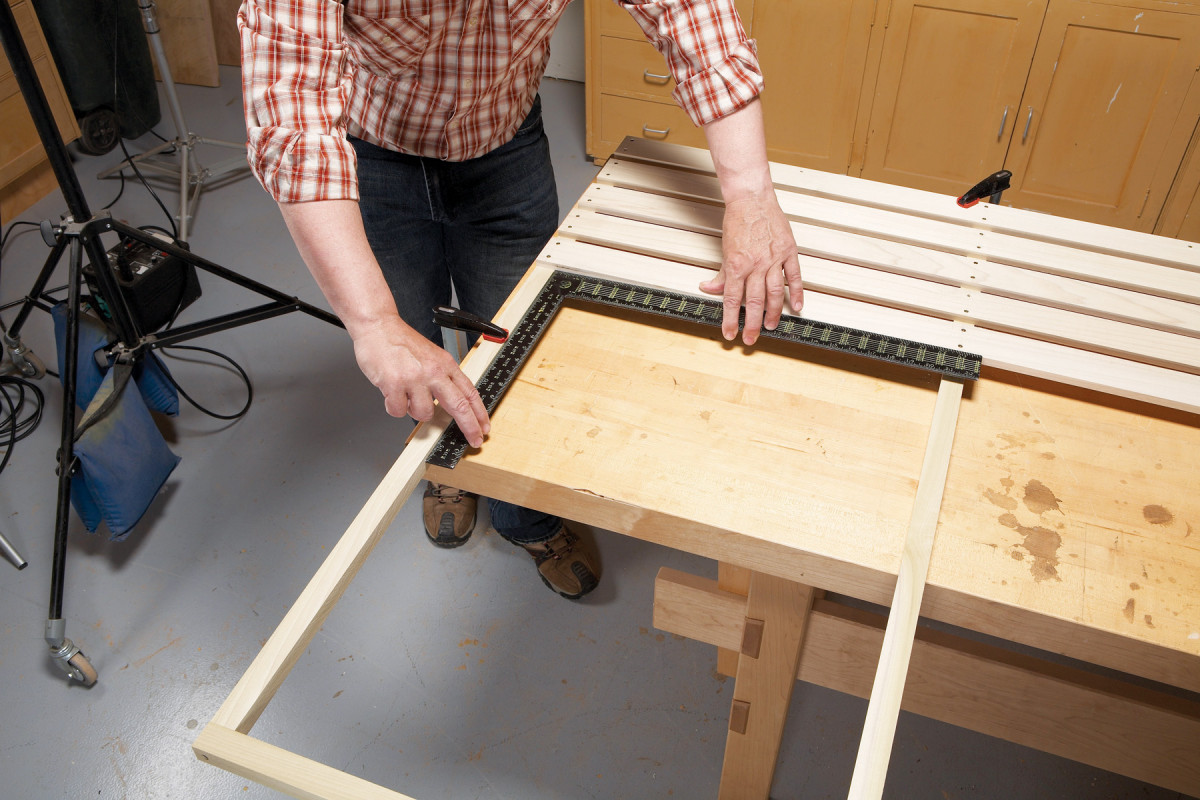
Photo 3. Check each course to make sure the assembly remains square.
With the frame squared and clamped to your bench, align the first slat with the bottom and sides of the frame. Pre-dill pilot holes and then fasten this slat with #6 by 1-1/4 in. screws. Use the jig to position rest of the slats (Photo 2). Regularly check the frame with a square (Photo 3).
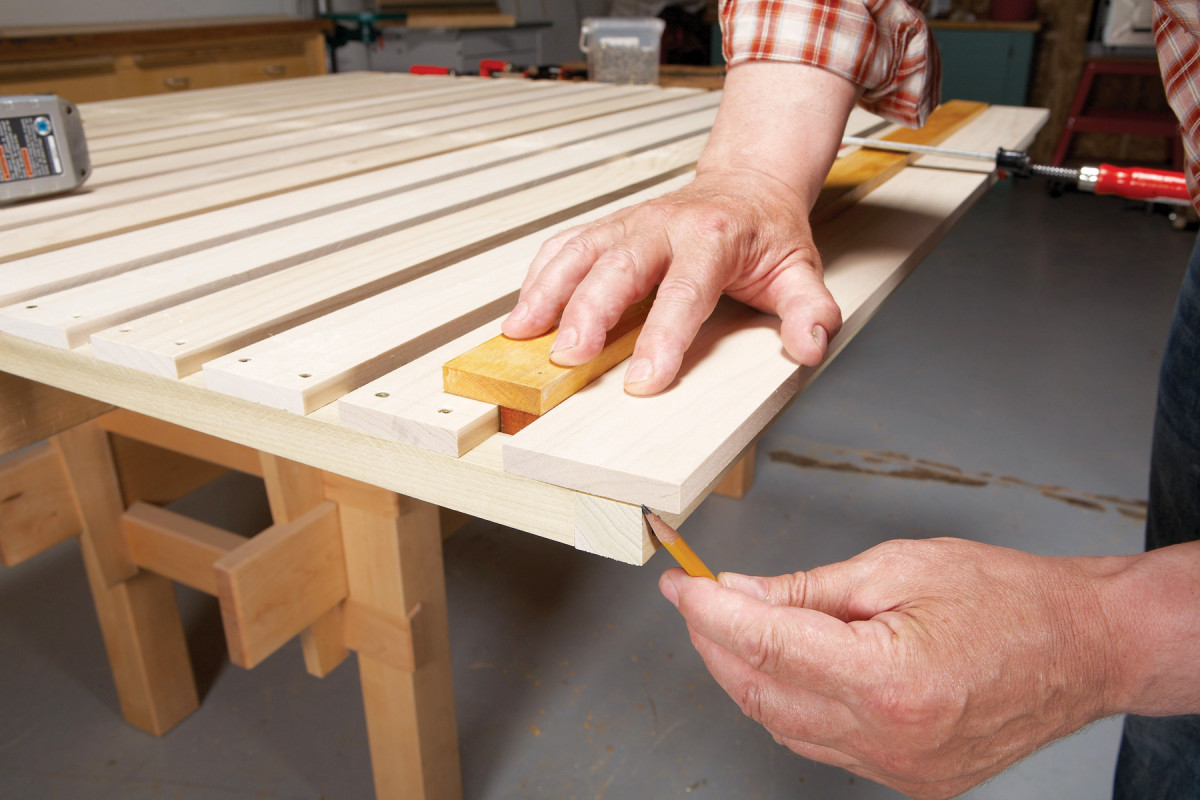
Photo 4. Leave the last slat oversize. Mark the edge and trim the slat to width.
Mark the width of the last slat and cut it to fit (Photo 4).
Apply an oil finish and set the rack aside to dry (finish seals the wood so the rack is less likely to get dirty or stained).
The method you use to mount your rack depends on your situation. My shop has wood framing, so I could drill holes through the rack’s frame and screw it directly to the studs. If you have concrete block or brick, you’ll need to use wall anchors.
Create custom tool hangers
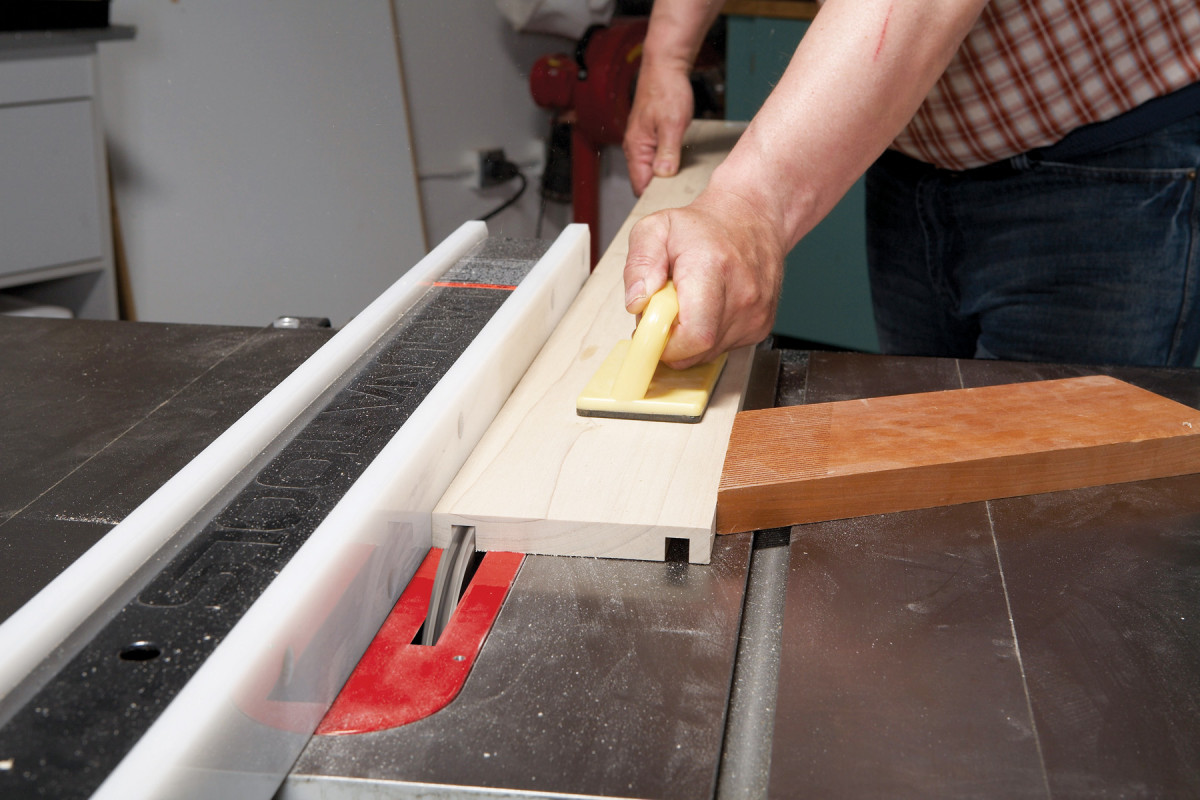
Photo 5. Cut grooves in a wide board to make blanks for the tool hangers. Make the grooves a hair wider than the slats, for a friction fit.
The hangers are nothing more than pieces of 3/4-in.-thick hardwood with a bottom groove cut to fit snugly over the 1/2-in.-thick slats. Use spacers with your dado set, if necessary, to achieve the desired friction fit. Make the grooves about 7/16 in. deep. Most of the hangers you’ll make will be less than 2-3/4 in. wide, so you can harvest a pair of long slotted blanks from a 6-in.-wide board (Photo 5). I made the hangers for this rack from an 8 ft. length of 1×6 poplar.
To create custom-fit hangers, start by laying all your tools onto a large table, then group them according to the types of notches you think they’ll require.
Sawing slots, installing dowels, drilling holes, chopping mortises or adding lipped edging will accommodate most tools. Rounding the corners makes the hangers more user-friendly.
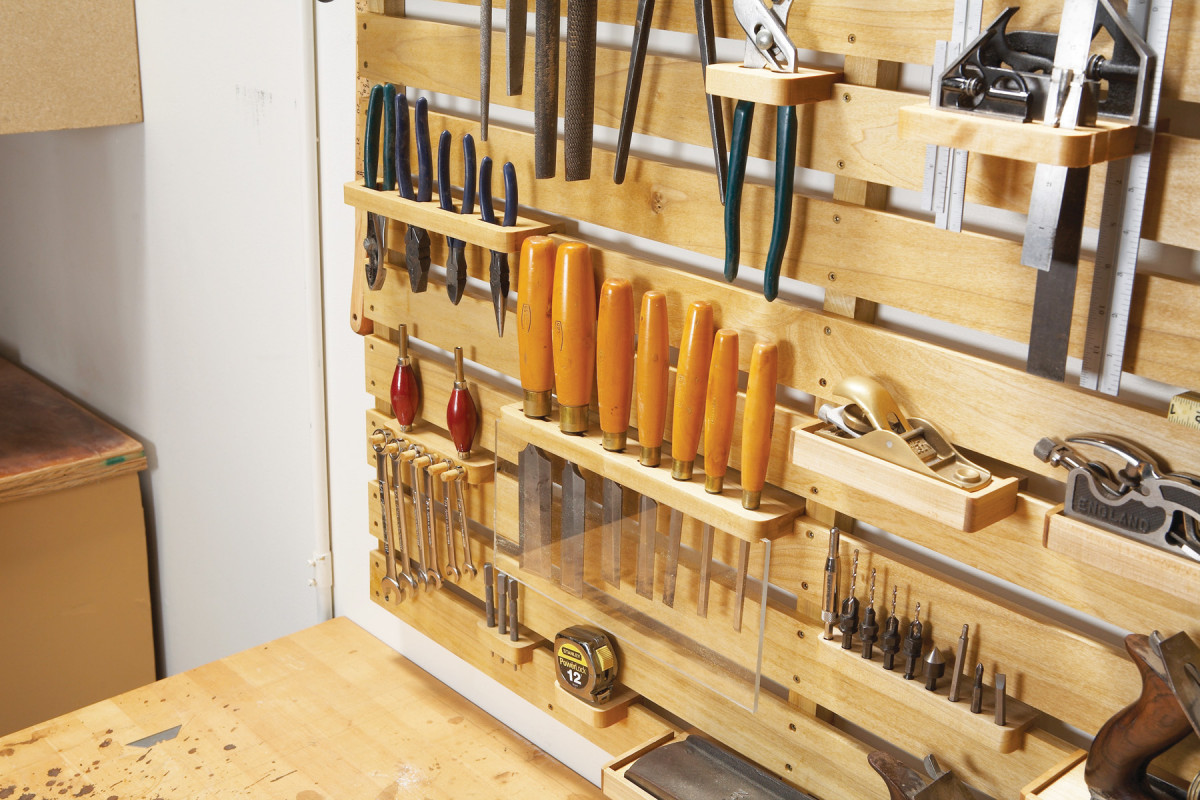
Photo 6. Acrylic shields protect your hands from sharp edges. This shield is glued in a groove cut in the bottom of the hanger.
Calculate the spacing for hangers that will hold multiple tools, such as chisels or wrenches, before you start drilling or sawing. You’ll find yourself using Forstner bits, files and all kinds of saws to create suitable notches.

Photo 7. Hangers with slots, holes, dowels, or mortises hold just about every hand tool you’ve got.
Don’t be afraid to experiment: I even tried ripping blanks in half and gluing them back together after cutting the notches. Once you’ve created a couple successful hangers, you’ll get all sorts of ideas (Photos 6-8).

Photo 8. Lipped edging keeps planes in place. Acrylic shields glued into grooves protect hands from sharp edges.
Here are some supplies and tools we find essential in our everyday work around the shop. We may receive a commission from sales referred by our links; however, we have carefully selected these products for their usefulness and quality.



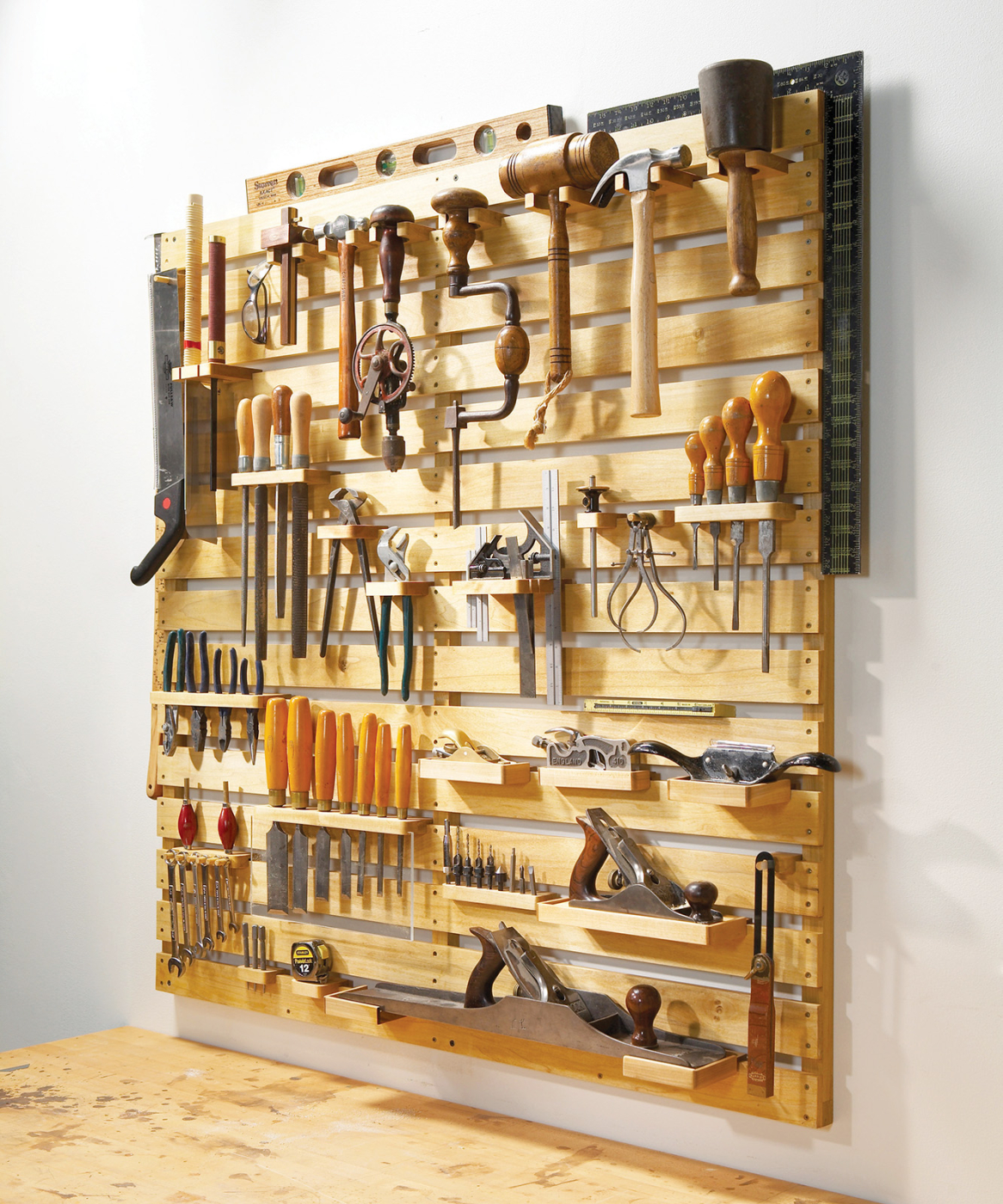 Get organized fast with easy slat construction and versatile hangers.
Get organized fast with easy slat construction and versatile hangers.




